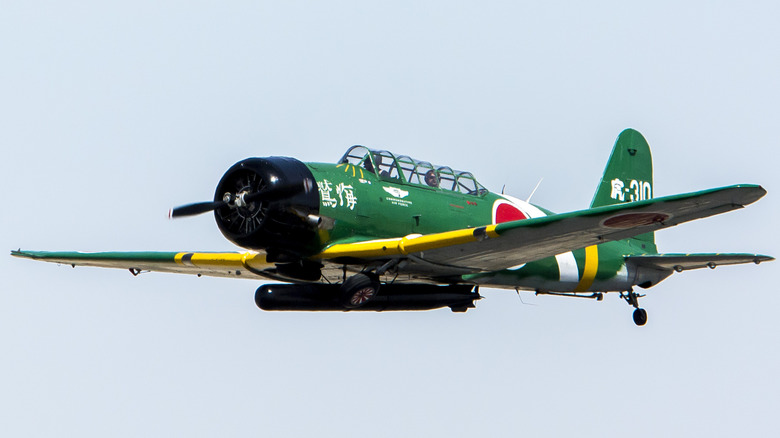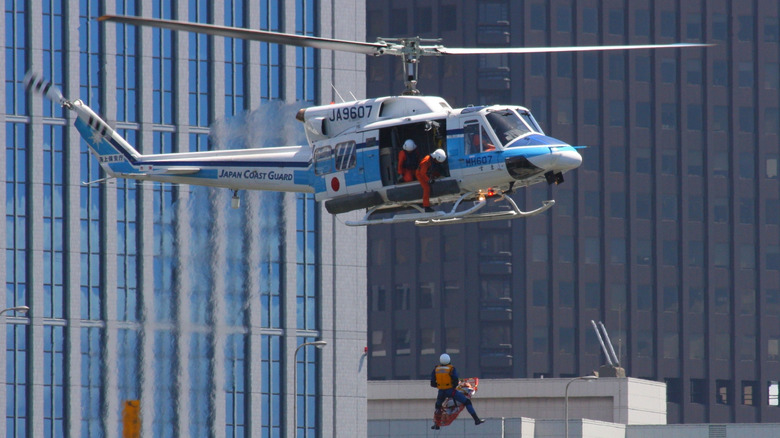Did Subaru Ever Make Airplanes? A Look At The Company's History In Aviation
Subaru has indeed made airplanes — and still does. The story starts just 14 years after the Wright Brothers' first flight in 1903 — one of the top moments in aviation history — when engineer Chikuhei Nakajima, recently retired from the Japanese Navy, set up the Aircraft Research Laboratory to design and build airplanes. By 1919, renamed the Nakajima Aircraft Factory, it had produced its first successful plane, the Type 4, which defeated imported aircraft in a mail-plane race between Tokyo and Osaka. In the early 1920s, Japan's military awarded Nakajima a large aircraft order, which kick-started the company's growth.
Nakajima Aircraft (incorporated as Nakajima Aircraft Co. Ltd. in 1931) went on to become the primary manufacturer of aircraft for Japan's Army and Navy, before and during World War II. Nakajima made both engines and complete airplanes, with over 30,000 of its Ha-25 engines used in Mitsubishi-engineered Zero carrier-based fighters flown by the Japanese Navy, as well as in other warplanes of its own design. This included Nakajima's Type 97 fighter, a single-engine fighter with retractable landing gear, which became notorious for its role in the attack on Pearl Harbor that sank four American battleships (but no aircraft carriers) on Dec. 7, 1941.
Nakajima also made airplanes for civilian transport. Its AT-2, loosely based on Boeing's DC-2, was used by Japan Airlines in the pre-war years and became a military transport plane as well. It carried a crew of three and eight passengers.
What happened to Subaru's airplanes after the war?
Once the U.S. military established forward bases that let it send B-29 bombers on regular attacks against Japanese targets, the days of Japan's aircraft industry were numbered. Airplane factories were destroyed, nuclear bombs dropped, and Japan surrendered. After the war, all aircraft production in Japan was forbidden. During its nearly 30 years in operation, Nakajima Aircraft had made 25,935 airplane bodies and 46,726 engines. But Nakajima was dissolved, becoming 12 companies, each making non-aircraft products for civilians using elements of aircraft technology.
However, this was not the end of the runway. In 1953, five of the companies created by the split-up of Nakajima Aircraft pooled their capital and founded Fuji Heavy Industries Ltd. In addition to going into the automobile business under the name Subaru and making some very successful models, Fuji Heavy Industries' slogan at its founding was "Return to airplanes!" This eventually came to pass in the late 1950s with the development of the company's T-1 Hatsutaka training plane.
Today the company, renamed Subaru Corporation in 2017, engages in three parts of the aircraft industry: commercial, defense, and helicopters. Subaru's commercial business develops and produces components of planes including the Boeing 787. Its defense division produces parts for Japan's transport, fighter, and patrol aircraft, develops drones, and maintains aircraft. Its helicopter business produces the UH-2 for rescue and firefighting use as well as the Subaru Bell 412EPX version for commercial endeavors.

